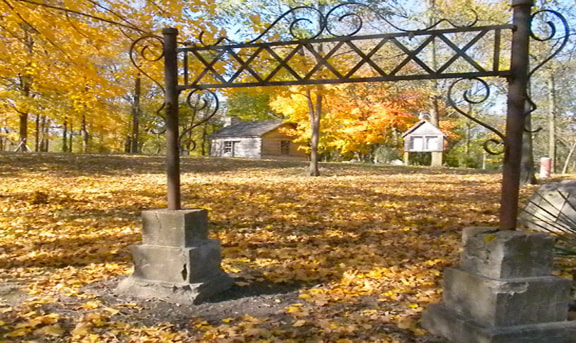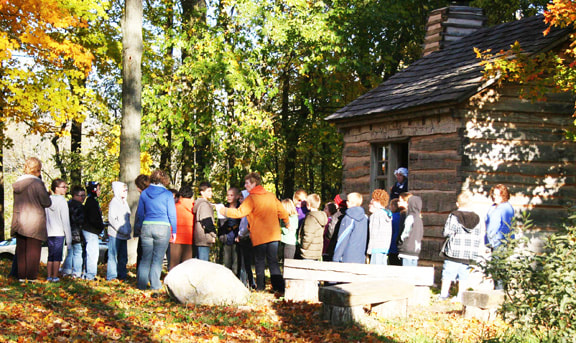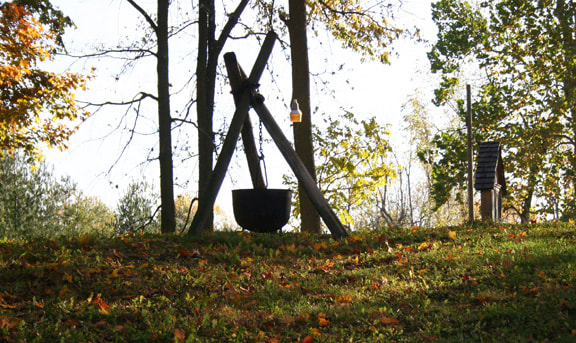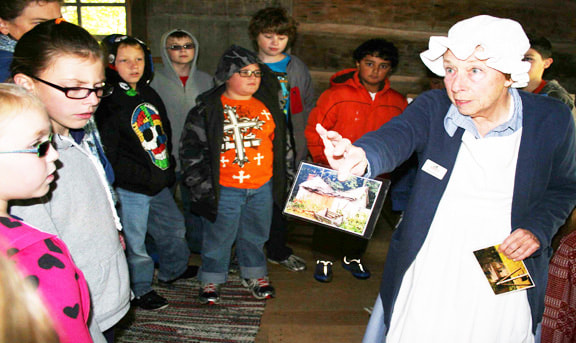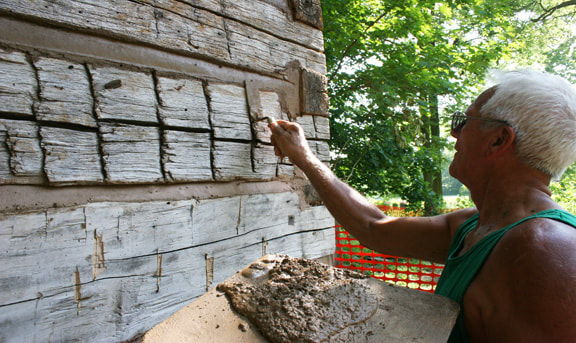Boxley Cabin
On the hilltop of Sheridan Veterans Park stands Boxley Cabin. It was built in 1828 by a Virginia-born abolitionist, George Boxley, who fled Spotsylvania County, Virginia, after allegedly fomenting a slave rebellion in the winter of 1816. He was jailed while others were hung or worse -- sent South to endure other indignities -- if they lived.
Foreseeing a dire outcome, Boxley escaped jail using a spring saw smuggled by his wife, Hannah. He vanished, heading north. But his life as a fugitive meant that he was chased relentlessly by bounty hunters for 12 years.
Foreseeing a dire outcome, Boxley escaped jail using a spring saw smuggled by his wife, Hannah. He vanished, heading north. But his life as a fugitive meant that he was chased relentlessly by bounty hunters for 12 years.
The Boxley Cabin is open to the public from 1 p.m to 4 p.m. on Saturdays from May to September.

